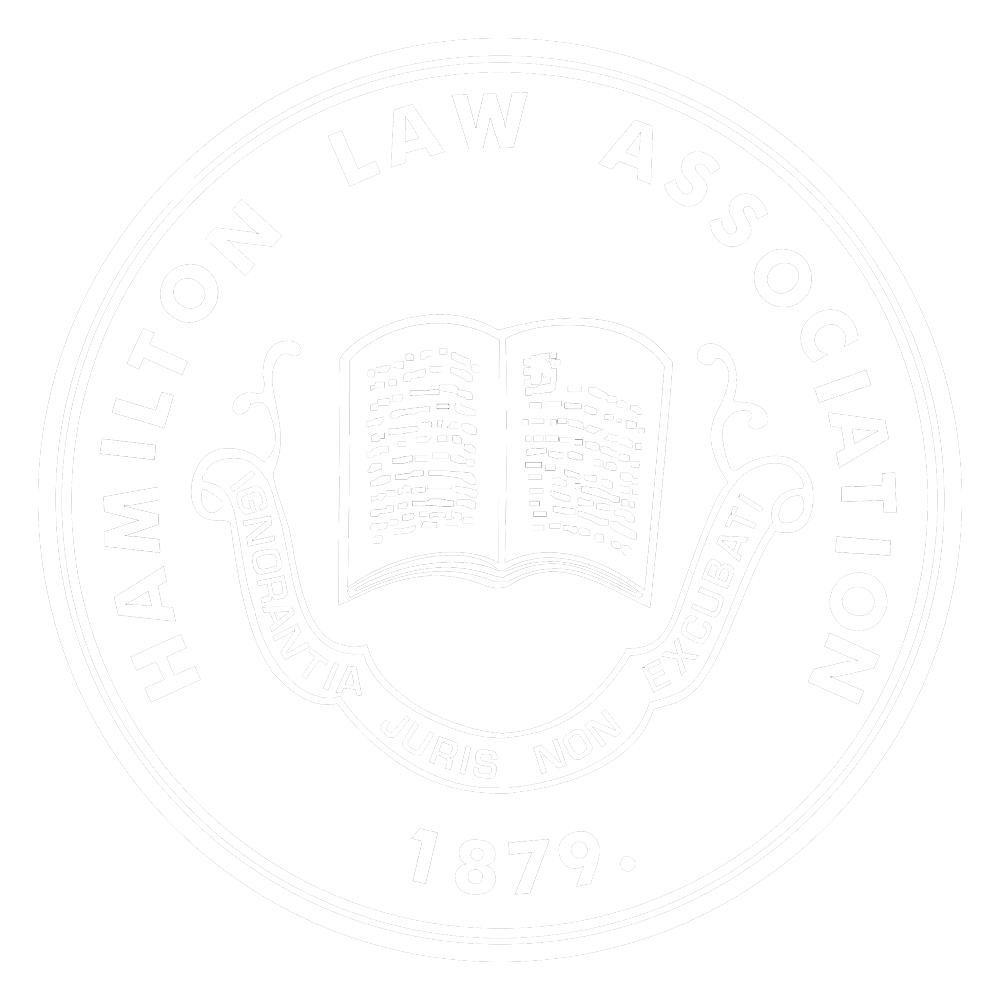| The Hamilton Law Association |
- Home
- Henry Duncan Graham Crerar
The Hamilton Law Association
45 Main Street East, Suite 500, Hamilton, ON L8N 2B7
Tel:(905) 522-1563
Fax: (905) 572-1188
Powered by Wild Apricot Membership Software
| The Hamilton Law Association |
The Hamilton Law Association
45 Main Street East, Suite 500, Hamilton, ON L8N 2B7
Tel:(905) 522-1563
Fax: (905) 572-1188
